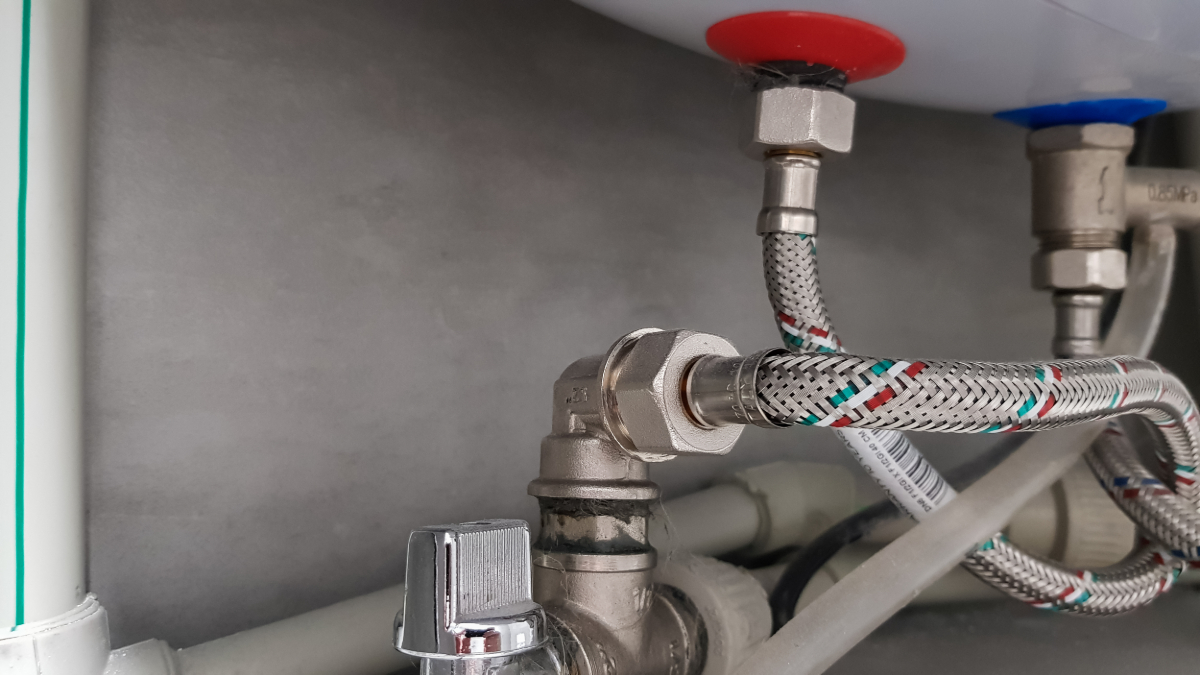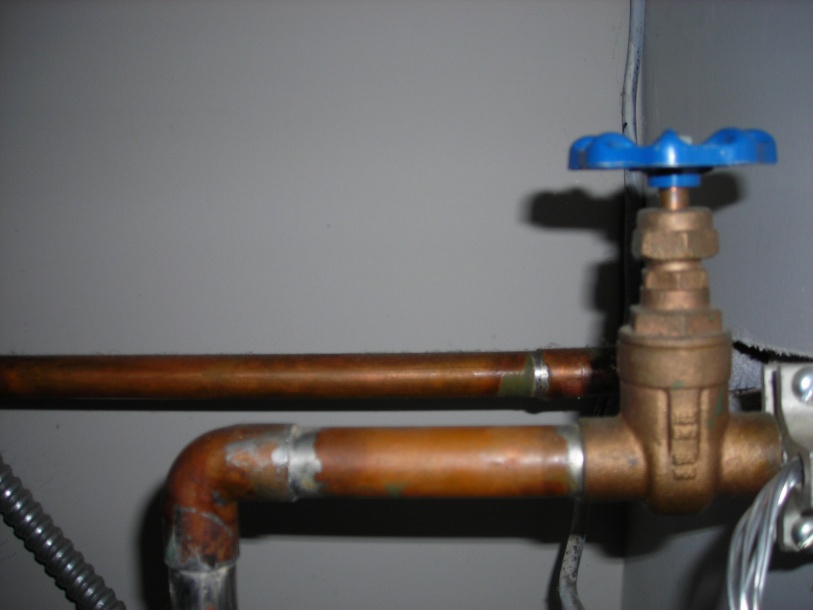Useful Strategies to Address Plumbing Issues in Older Homes
Useful Strategies to Address Plumbing Issues in Older Homes
Blog Article
In this article in the next paragraphs you can locate more dependable expertise all about Common Plumbing Problems in Older Homes.

Older homes frequently include beauty, personality, and history, but they can additionally bring a host of plumbing issues. Whether you're managing maturing pipes, low water pressure, or leakages, recognizing just how to resolve these common problems is crucial to keeping a risk-free and useful home. In this overview, we'll check out the regular pipes obstacles encountered by older homes and provide functional solutions to maintain your plumbing in leading form.
Comprehending Common Plumbing Problems
Aging Pipes
Among the most common issues in older homes is maturing pipelines. Depending on the era in which your home was built, the pipes might be made from materials that have worn away gradually, such as galvanized steel, cast iron, or even lead. These materials can rust, end up being fragile, or create leakages, resulting in water damages and potential carcinogen.
Low Water Pressure
If you're experiencing low tide pressure, maybe due to natural resources, rust inside the pipes, or old components that are no longer working efficiently. This can be a major trouble, particularly in areas like showers and sinks.
Dripping Pipelines
Leaks are an additional regular issue in older homes, usually triggered by corroded or worn-out pipelines. Also tiny leaks can result in substantial water damages, mold and mildew development, and enhanced water expenses otherwise addressed immediately.
Outdated Components
Obsolete pipes components such as faucets, bathrooms, and showerheads not only look old but might additionally be less effective, vulnerable to leakages, or inappropriate with contemporary pipes requirements.
Pipeline Corrosion
Corrosion is a common problem in older pipes, specifically those made from galvanized steel or cast iron. Rusty pipelines can restrict water circulation, trigger discoloration, and eventually cause leakages or pipe bursts.
Analyzing the Condition of Your Pipes
Inspecting Visible Pipelines
Begin by examining any type of noticeable pipelines in your house, such as those in cellars, crawl spaces, or under sinks. Seek indicators of deterioration, leakages, or corrosion, which can show underlying problems.
Looking for Leakages
Look for leakages by examining areas around faucets, toilets, and under sinks. You can also check your water meter prior to and after a period of no water utilize to find concealed leaks.
Water High Quality Screening
Older pipes can impact the high quality of your water. Conduct a water quality test to look for impurities such as lead, rust, or other contaminations that might be introduced by maturing pipelines.
Solutions for Typical Plumbing Problems
Replacing Aging Pipes
If your home has old, weakening pipes, take into consideration changing them with modern materials like copper or PEX. This can be a significant financial investment, however it will protect against future problems and improve the safety and integrity of your plumbing system.
Dealing With Low Tide Pressure
To take care of low water pressure, begin by cleaning or changing old fixtures and getting rid of mineral accumulation in the pipes. If the issue lingers, it might be essential to change areas of corroded pipes.
Repairing and Changing Leaking Pipelines
For small leakages, you can utilize pipeline clamps or epoxy putty as a momentary repair. However, it's ideal to replace dripping pipes totally to stay clear of more damage.
Updating Fixtures
Updating old fixtures to modern, water-efficient versions can improve your home's plumbing efficiency and reduce water usage. Search for components with the WaterSense label for the best efficiency.
Handling Pipe Rust
If your pipelines are worn away, replacing them with corrosion-resistant materials like copper, PVC, or PEX is the most effective service. Routine inspections and water high quality maintenance can aid avoid additionally corrosion.
When to Call a Professional
While some pipes concerns can be managed with do it yourself solutions, there are times when it's best to employ a professional. If you're handling significant leaks, comprehensive rust, or are unclear about the condition of your pipes, an accredited plumber can supply experienced analysis and repair.
Preventive Maintenance Tips
Regular Evaluations
Consistently examine your plumbing system for indications of deterioration. Catching problems early can stop pricey repairs down the line.
Water Pressure Regulation
Ensure your water pressure is within the recommended range to avoid worrying your pipelines and fixtures. A plumbing professional can mount a stress regulatory authority if required.
Water Top Quality Upkeep
Mount water filters or conditioners if your water high quality is poor. This can secure your pipes and fixtures from damage triggered by hard water or contaminants.
Proactive Pipe Substitute
If your home has older pipes, take into consideration positive replacement before major concerns emerge. This can conserve you from emergency situation repair services and water damage.
Conclusion
Dealing with pipes concerns in older homes needs a combination of vigilance, precautionary maintenance, and timely upgrades. By recognizing the typical difficulties and understanding when to seek specialist aid, you can ensure your plumbing system continues to be practical and reputable for many years to come.
Common Plumbing Problems in Older Homes
Older homes have a ton of character from the antique brass faucets, clawfoot tubs, and colorful tile to the Dutch doors, transom windows, and archways, there s a lot to love. Unfortunately, that character often includes old plumbing that s past its prime and isn t fit to support modern appliances.
If you own an older home and are suspicious about strange noises (ghosts?), smells, leaks, or frequent clogs in your plumbing, it's possible that your home s old age is to blame.
Learn more about the most common old house plumbing problems, and what can be done to fix them!
What Are the Most Common Plumbing Problems in Old Houses?
Old, corroded piping. Most older pipes are made of material that corrodes and rusts more easily. Even if over the years some of that piping was replaced with better material, the rest may be damaged or repaired with lower-quality material. Though expensive, it may be the best option to re-pipe your plumbing especially if there s rust or lead in your water. Slow drains. This could be the result of many issues, but most likely because of pipe bellies. These are sags in your drainpipes that happen as your home settles and shifts downward over time, putting pressure on your pipes and creating negative slopes. This can restrict water from flowing correctly through them and result in slow drains. Frequent clogging. As you might expect, pipe bellies can also lead to frequent clogging. Another reason for clogging could be due to buildup over time, or blockages from sediment and root growth. Scheduling a drain inspection and drain unclogging service can eliminate this issue. Damaged or failing sewer lines. Old homes are more likely to have foundational shifts and tree root overgrowth. This can put a lot of pressure on and in your sewer lines, leading to damage. Another common reason for failed sewer lines is because of modern appliance upgrades. Newer appliances put more strain on sewer lines, and if your old pipes aren t equipped to handle this, it can result in damage. If you have any wastewater backup, slow drains, or soft spots in your yard, you may need sewer line replacement. Worn or outdated fixtures. Plumbing fixtures old or new aren t built to last forever. Even if your fixtures seem like they re working well, it s best to check the wear on any internal parts. Minor wear and tear over time can lead to more costly leaks and plumbing issues. Our experts can perform a plumbing inspection for any part of your home s plumbing. Improper installations or repairs. Whether your plumbing was installed a hundred years ago, installed incorrectly, repaired incorrectly, or repaired with outdated materials, this can affect the long-term stability of your plumbing. In older homes especially, having your plumbing inspected is vital to preventing damage. What Are Old Plumbing Pipes Made Of?
Galvanized steel. Most often used between the 1930s and the 1980s, this piping material was discovered later in the 1990s to be prone to rust and corrosion, releasing lead into the water, which is dangerous to consume. Copper. Most homes built around the 1960s are likely to have copper piping. Unlike galvanized steel, copper is one of the most durable materials for plumbing pipes. The issue with this material is the risk of lead, which could be present in the piping itself or the solder applied to the joints and fittings. PVC. This material is still used today and was often used in older homes where piping was replaced because it was easy and inexpensive to install. PVC is also very durable, lead-free, resistant to rust and corrosion, and handles high water pressure well. The downside is that hot water can make it warp. How to Fix Plumbing Problems in Old Homes
Have your plumbing inspected. Before you begin or schedule any type of repair, schedule a plumbing inspection. An expert will be able to properly identify all the issues in your plumbing and the best solution to avoid further damage. Get your plumbing repaired or replaced as needed. Depending on the issues found with your plumbing, you may need minor repairs or larger replacements. Make sure these issues are addressed before you tackle any smaller issues. Remove any clogs or buildup. It s likely your old pipes are clogged with debris, mineral buildup, hair, tree roots, and more. Having your drainpipes cleaned will improve overall drainage and help prevent future leaks. Replace old fixtures. Before replacing any fixtures, check with your local plumber first. Not only can new fixtures strain your old plumbing pipes, but installing them incorrectly can lead to costly damage.

I found that entry about Plumbing Issues in Older Properties and How to Fix Them when exploring the web. Sharing is nice. Helping people is fun. I praise you for being here. Come back soon.
Visit My Site Report this page